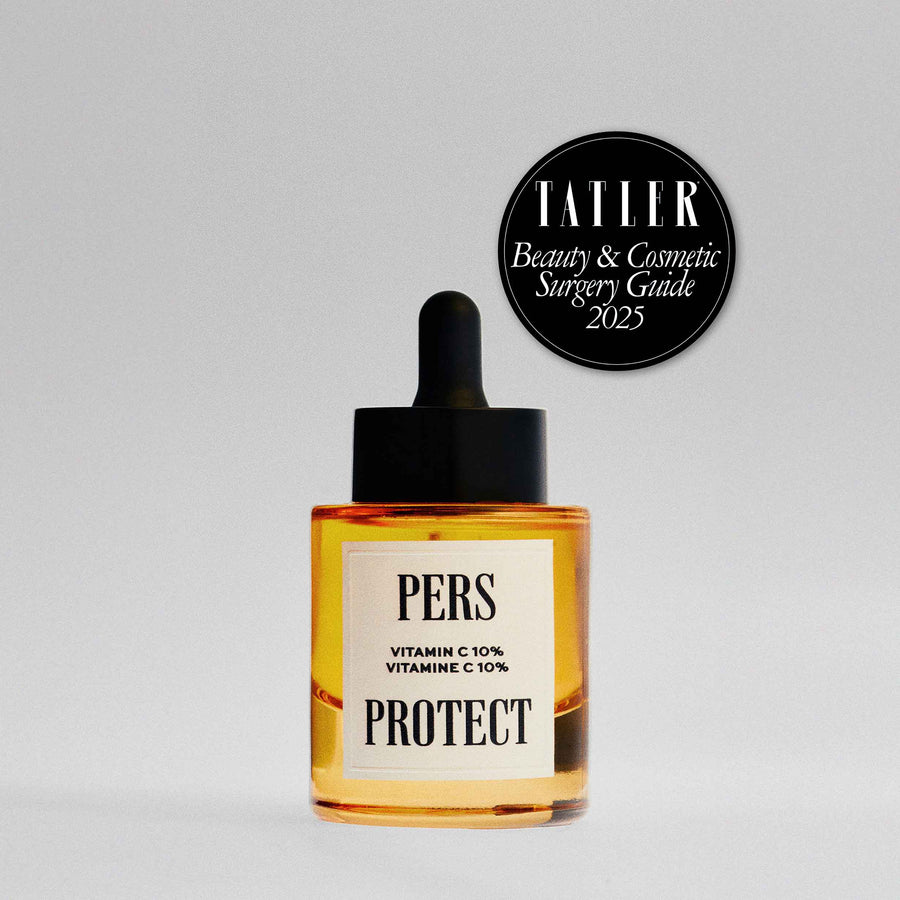How to use a serum for skin care
With the constant evolution of skincare routines, it can be difficult to understand the purpose and benefits of each product. One of the most talked-about products today is the serum, an essential element that promises to transform the skin and give it a new radiance.
In the beauty world, serum is often presented as a miracle product, capable of delivering a multitude of benefits to the skin. But what exactly is a serum? Why is it so popular? And above all, how can it be used to best effect?
This page aims to demystify this skincare product and provide clear answers to all your questions. 
What is a skincare serum?
A serum is a skincare product designed to deliver a concentrated dose of active ingredients to the skin, targeting specific problems such as wrinkles, acne or pigmentation spots.
Definition and role of serums
Serums are intensive skincare formulas designed to penetrate deep into the skin and deliver a high concentration of active ingredients.
Their light, generally aqueous texture enables rapid, effective absorption by the epidermis. Unlike moisturizing creams, which have a thicker consistency and are primarily designed to hydrate and seal in moisture, serums can treat a multitude of skin problems ranging from wrinkles and spots to blemishes and redness.
The different types of serums and their benefits
There are several types of serum, each with its own specific formula and action. Some serums are rich in vitamins such as vitamin C, known for its skin-brightening effect, or vitamin E, a powerful antioxidant.
Other serums are formulated with hyaluronic acid to improve skin hydration, or with peptides to increase collagen production and reduce the appearance of wrinkles.
Oil-based serums can also be used to deeply nourish the skin and provide additional hydration. Each type of serum has distinct benefits, so it's important to choose the one that best suits your specific needs.
How do you choose the right serum for your skin?
Choosing the right serum depends on a number of factors, including skin type, age and specific skin concerns.
Factors to consider
The choice of serum should be based on skin type (oily, dry, combination, sensitive) and specific skin concerns.
For example, if you have dry skin, a serum based on hyaluronic acid or glycerol may be beneficial, as these ingredients help retain moisture and deeply hydrate the skin.
For oily or acne-prone skin, a serum containing salicylic acid or niacinamide can help control excess sebum and reduce blemishes.
Key ingredients to look for in a serum
In addition to skin type and skin concerns, it's also important to consider serum ingredients.
Some ingredients are known for their anti-aging properties, such as retinol, which can reduce the appearance of fine lines and wrinkles.
Other ingredients can help brighten skin and reduce the appearance of age spots, such as vitamin C.
Antioxidants, such as vitamins C and E, are also important ingredients to look for, as they can protect the skin from damage caused by free radicals and the environment. 
How and when to use a skin care serum?
To reap the full benefits of a serum, it's important to apply it correctly and at the right time.
The right time to apply a serum
Serums are generally applied twice a day, once in the morning and once in the evening, after cleansing your face and before applying your moisturizer.
Morning serum application prepares the skin for the day and protects it from external aggressors. Applying the serum at night, on the other hand, allows the skin to repair and regenerate itself while you sleep.
The right way to apply serum
The serum should be applied gently, without rubbing or pulling the skin. After cleansing and toning your face, place a few drops of serum in the palm of your hand.
Warm it slightly by rubbing your hands together, then apply it to your face, patting gently to help the product penetrate.
You can then continue your skincare routine with a moisturizing cream or oil.
Common mistakes to avoid when using a serum
Although serums are generally well tolerated, some common mistakes can reduce their effectiveness.
Using too much product
One of the most common mistakes when using a serum is applying too much. Because of their concentrated formula, a small amount of serum is often enough to cover the entire face.
Applying too much product will not make the serum more effective, but could instead saturate the skin and make it oily or sticky.
Not taking skin type into account
Another common mistake is not taking your skin type into account when choosing a serum.
For example, an oil-based serum may not be suitable for oily skin, while a serum containing fruit acids may be too powerful for sensitive skin. So it's crucial to choose a serum suited to your skin type and specific needs to avoid any adverse reactions and optimize results.
In conclusion, the serum is an essential component of a well-designed skincare routine. Because of its highly concentrated formula, it is able to target specific skin problems and deliver visible results. However, to get the most out of your serum, it's crucial to apply it correctly, choose the one best suited to your skin type and avoid common mistakes.
We recommend these other pages:

